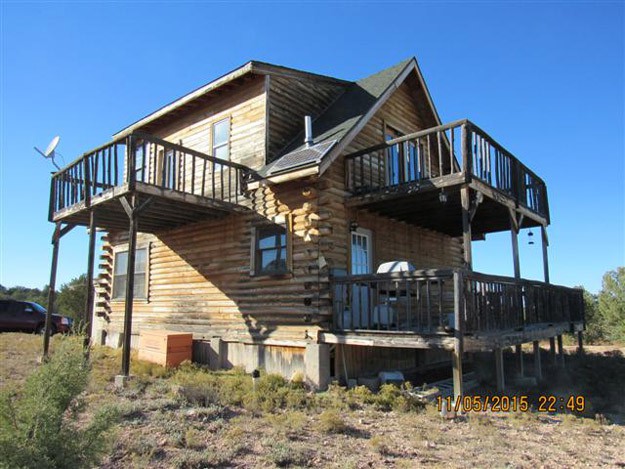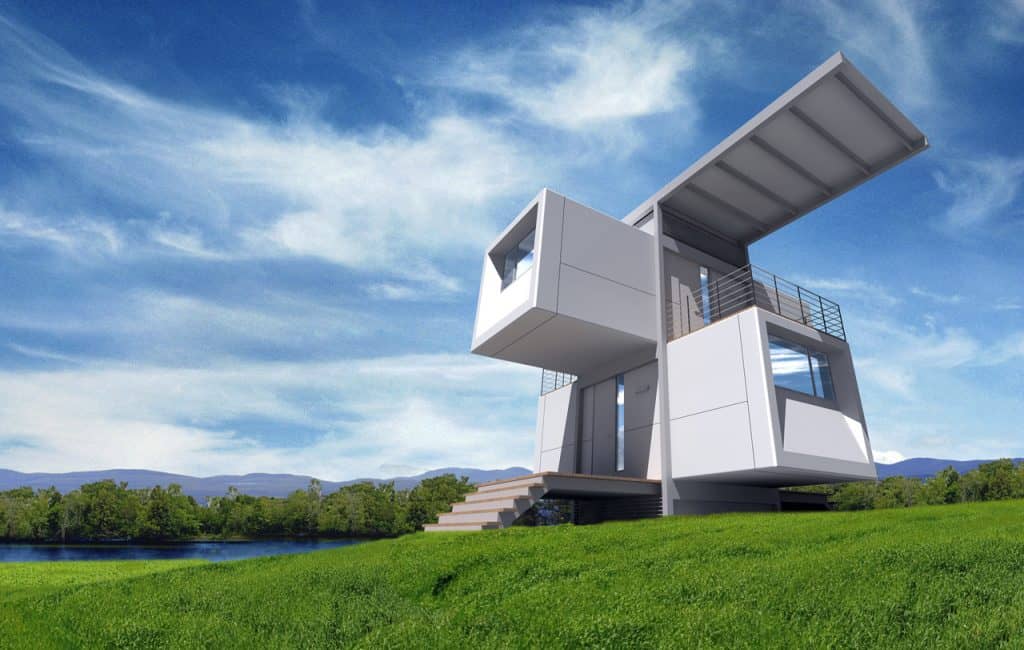

“Because when you have a sunless day, or a flood or a storm that blacks out the city for a week, which happens quite often in the U.S., you’re not covered. “That’s not the only thing you must have,” she says of the solar panels.

The house was designed by Le Corbusier, with Edmond Wanner and Francis Quétant finishing the project, in 1928-29 in Grand Sarconnex, Switzerland | Image courtesy Alice De Tibergeĭe Tiberge, who comes from a Swiss family with a knack for living on the cutting edge - her grandfather lived in a house outside Geneva whose design was conceived by Le Corbusier in the late 1920s - had already converted one house she had lived in to solar power, in Skillman in central New Jersey.īut, she says, she didn’t achieve her goal of having a totally self-sustaining house. GARDEN: 7,000 square metres (1.1938 watercolor of Villa Ruf, home of De Tibarge’s grandfather, Jean Ruf.
 MAIN FEATURES: Stone walls, wooden beams, chestnut and stone flooring, fireplaces, natural water spring with collection tanks, 12V photovoltaic system. INTERIORS: 150 square metres (1,614 square feet). ACCESS: 2.5 km Rough unpaved road suitable only for off-road vehicles. LOCATION: Mountain-1,000 metres above sea level. The road leading to the property (roughly 2.5 km) is in good shape for half of its length: from there a 4×4 off-road vehicle is needed to be to reach the house. The garden lies all around the building together with a clearing for a total of approximately 7,000 sqm (1.7 ac) Surrounded by 6.2 hectares (15.3 acres) of land, covered for the most part (5.5 ha) by woodland and chestnut groves. Heating the house relies on fireplaces and stoves, fed with wood which is easily recovered from the surrounding woodland. Water supply is ensured by a natural spring inside the property, with two collection tanks (the biggest one is over 2,000 lt in capacity). – On the first floor, there are two connected bedrooms. – The ground floor of the house features a large living room with a dining area and fireplace, a kitchen, a bedroom, and a bathroom. – The basement has two rooms that are currently being used as storage (but could potentially be turned into two independent bedrooms) and a bathroom, all with direct access from outside. The three-story farmhouse (150 sqm – 1,614 sqft) is in decent condition and features three bedrooms and two bathrooms. The closest airport is in Florence, some 73 kilometres away, and can be reached in just over an hour via the Consuma pass. The nearest services are situated 3 kilometers from the property, although the road is only accessible by off-road vehicle. The photovoltaic panels on the home produce a small amount of 12V current, but the system will need expanding if you want to live here for an extended period of time. It is not connected to any water, electricity, or gas lines from outside sources, so you can enjoy living in true harmony with nature. Located 1000 metres above sea level and accessible only by 4×4 vehicle. This property is perfect for those who are looking for a totally independent and self-sufficient home in Italy. This 150 sqm building has 3 bedrooms (potential for 2 more) and 2 bathrooms. Looking for an off-grid property that is totally independent? Look no further than this off-grid farmhouse set in the mountains of Casentino in Tuscany.
MAIN FEATURES: Stone walls, wooden beams, chestnut and stone flooring, fireplaces, natural water spring with collection tanks, 12V photovoltaic system. INTERIORS: 150 square metres (1,614 square feet). ACCESS: 2.5 km Rough unpaved road suitable only for off-road vehicles. LOCATION: Mountain-1,000 metres above sea level. The road leading to the property (roughly 2.5 km) is in good shape for half of its length: from there a 4×4 off-road vehicle is needed to be to reach the house. The garden lies all around the building together with a clearing for a total of approximately 7,000 sqm (1.7 ac) Surrounded by 6.2 hectares (15.3 acres) of land, covered for the most part (5.5 ha) by woodland and chestnut groves. Heating the house relies on fireplaces and stoves, fed with wood which is easily recovered from the surrounding woodland. Water supply is ensured by a natural spring inside the property, with two collection tanks (the biggest one is over 2,000 lt in capacity). – On the first floor, there are two connected bedrooms. – The ground floor of the house features a large living room with a dining area and fireplace, a kitchen, a bedroom, and a bathroom. – The basement has two rooms that are currently being used as storage (but could potentially be turned into two independent bedrooms) and a bathroom, all with direct access from outside. The three-story farmhouse (150 sqm – 1,614 sqft) is in decent condition and features three bedrooms and two bathrooms. The closest airport is in Florence, some 73 kilometres away, and can be reached in just over an hour via the Consuma pass. The nearest services are situated 3 kilometers from the property, although the road is only accessible by off-road vehicle. The photovoltaic panels on the home produce a small amount of 12V current, but the system will need expanding if you want to live here for an extended period of time. It is not connected to any water, electricity, or gas lines from outside sources, so you can enjoy living in true harmony with nature. Located 1000 metres above sea level and accessible only by 4×4 vehicle. This property is perfect for those who are looking for a totally independent and self-sufficient home in Italy. This 150 sqm building has 3 bedrooms (potential for 2 more) and 2 bathrooms. Looking for an off-grid property that is totally independent? Look no further than this off-grid farmhouse set in the mountains of Casentino in Tuscany.







 0 kommentar(er)
0 kommentar(er)
